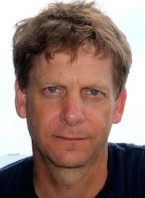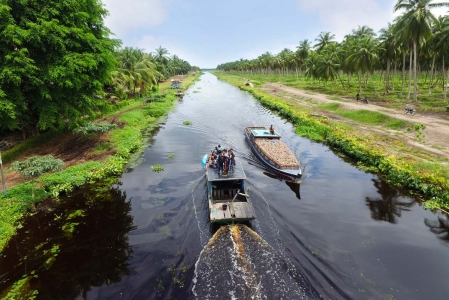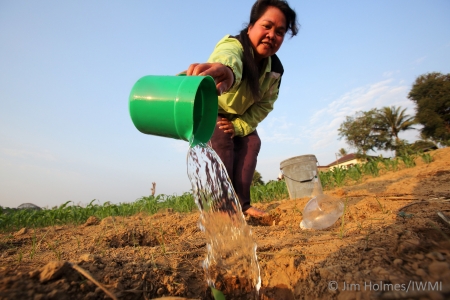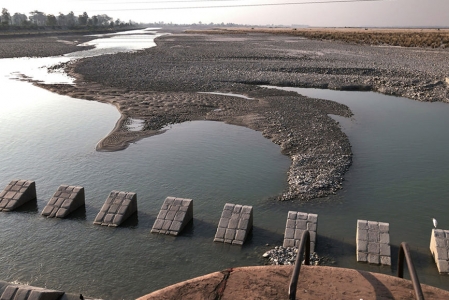Constructing wetlands within reservoirs, which are primarily designed for hydropower production, can play a significant role in increasing biodiversity and fish productivity, thereby contributing to the livelihoods of local communities. In so doing, constructed wetlands can play a role in mitigating some of the potentially negative impacts of hydropower development, and spread the benefits of reservoir development more widely.
Low dykes and earth bunds (2-3 metres in height) are constructed across inlets and seasonal streams within reservoirs to trap water that accumulates when the reservoir is full. As water in the reservoir is drawn down to produce hydropower, these bunds and dykes retain water to create permanent pools and wetlands. Plants can be grown in the ponds to create wetlands, and/or they can be stocked with fish to provide aquaculture opportunities for local communities.
The concept is described in detail using the Nam Gnouang reservoir in Lao PDR as an example. Elsewhere, estimates are provided for the cost of construction, potential fish production and the implications of the water retained within the wetland for the generating potential of two example hydropower plants.
The returns from the increases in fish production that these ponds and wetlands enable are calculated to significantly compensate for any potential losses in hydropower productivity, which would be minor. Beyond these gains, there would be a significant increase in the diversity of flora and fauna resulting from the ponds and wetlands.
This solution is open access and available for use by governments, non-government organizations, researchers, communities, and others. It was developed by researchers from the International Water Management Institute, in partnership with the International Centre for Environmental Management (ICEM), the National University of Laos (NUOL) and the National Agriculture and Forestry Research Institute (NAFRI), and supported by the CGIAR Research Program on Water, Land and Ecosystems.












